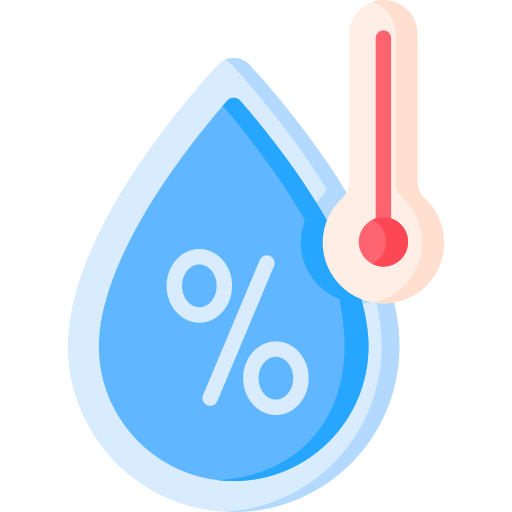Amman - Introduction

About Amman
Amman (UK: ə-MAHN, US: ah-MAHN; Arabic: عَمَّان, romanized: ʿAmmān, pronounced [ʕaˈmːaːn]) is the capital and the largest city of Jordan, and the country's economic, political, and cultural center. With a population of four million as of 2021, Amman is Jordan's primate city and is the largest city in the Levant region, the fifth-largest city in the Arab world, and the tenth-largest metropolitan area in the Middle East.
The earliest evidence of settlement in Amman dates to the 8th millennium BC in 'Ain Ghazal, home to the world's oldest statues of the human form. The city was known as Rabat Aman during the 2nd millennium BC, serving as the capital of the Ammonite Kingdom that was centered at the Amman Citadel. In the 3rd century BC, the city was renamed Philadelphia and became one of the ten Greco-Roman cities of the Decapolis. Later, in the 7th century AD, the Rashidun Caliphate renamed the city Amman. Throughout most of the Islamic era, the city alternated between periods of devastation and abandonment and periods of relative prosperity. Amman was largely abandoned from the 15th century until 1878, when the Ottoman Empire authorities began settling Circassians there, witnessing growth after 1904, leading to the establishment of its first municipal council in 1909.
The city witnessed rapid growth after its designation as Transjordan's capital in 1921, receiving migrations from different Jordanian and Levantine cities, and later several successive waves of refugees: Palestinians in 1948 and 1967; Iraqis in 1990 and 2003; and Syrians since 2011. It was initially built on seven hills, but now spans over 19 hills combining 22 areas, which are administered by the Greater Amman Municipality. Areas of Amman have gained their names from either the hills (jabal) or the valleys (wadi) they occupy, such as Jabal al-Luweibdeh and Wadi Abdoun. East Amman is predominantly filled with historic sites that frequently host cultural activities, while West Amman is more modern and serves as the economic center of the city.
Approximately one million visitors arrived in Amman in 2018, which made it the 89th most-visited city in the world and the 12th most-visited Arab city. Amman has a relatively fast growing economy and it is ranked as a Beta− global city by the Globalization and World Cities Research Network. Moreover, it was named one of the Middle East and North Africa's best cities according to economic, labor, environmental, and socio-cultural factors. The city is among the most popular locations in the Arab world for multinational corporations to set up their regional offices, alongside Doha and only behind Dubai. The city is served by the Amman Bus, the Amman Bus Rapid Transit and the Amman-Zarqa Bus Rapid Transit public transportation systems.
Amman Current Weather
Amman, Jordan
2024-09-15 12:33
Partly cloudy
27.3°C
| Parameter | Value |
|---|---|
Wind 
|
27.7 km/h |
Pressure 
|
1012 mb |
Humidity 
|
48% |
Visibility 
|
6 km |
UV Index 
|
7 |
Precip 
|
0 |